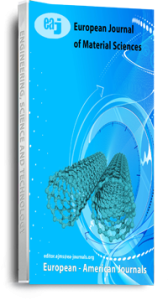Sugarcane bagasse (SB) and Coir fibre (CF) are two cellulose fibres/agricultural waste products found to constitute great environmental challenges, this has initiated a need to study them for probable potentialities as alternative use in the field of material science and engineering development apart from their localized usage. Consequently, this paper intends at reviewing these two agricultural waste material compositions characteristically to identify their potential development as renewable composite materials. Sugarcane bagasse has a chemical composition within the range of 88.13%, while Coir fibre varies from 25% – 76% of silica content depending on the type of treatment. This is a good quality material for composite production. The compatibility of these cellulose reinforcing agents and their adhesive matrix can be linked to their high cellulose, lignin, and other fibre contents and these can be explored in developing a multiphased system with different properties from the original components while retaining the qualities of the material among other potentials. These two agricultural by-products are good sources of fuel for electricity generation and agents of pozzolanic and polymerization with polypropylene for flame retardation. To conclude, therefore, SB and CF are decent resources for composites production and renewable energy, with excellent biodegradable characteristics consequently controlling environmental degradation.
Citation: Obinna Onyebuchi Barah; Kennedy Onyeloweb; Emmanuel B.O.Olotua; Milon Selvam Dennisona (2022) Metal Matrix Composites Development and The Potential of Sugarcane Bagasse and Coir Fibre: A Review, European Journal of Material Science , Vol.9, No.1, pp.25-42

